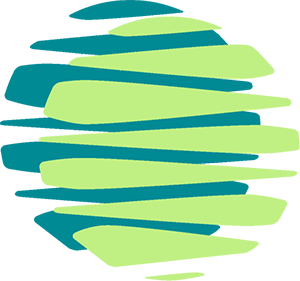The presence of Buddhism in Europe is steady, and about three million people follow the main Theravāda and Mahāyāna traditions. It is not easy to determine the real number as there are no official registers, with the exception of Austria and Norway. Their settlement is not homogeneous. The countries with the highest number of practitioners are UK and France, also due to their colonial past and subsequent immigration from Asian Buddhist countries, followed by Russia, Germany and Italy. The only Buddhist nation in Europe is the Republic of Kalmykia in the European part of the Russian Federation, at the far Eastern edge of the continent.
The Asian communities mostly meet in local ethnic centers, while European practitioners prefer to attend centers linked to international networks generally under the spiritual guide of Asian masters, such as the Foundation for the Preservation of Mahayana Tradition (FPMT), Rigpa Europe, Congregation Dachang Rimé, Shambala Europe, Dzogchen Community, Forest Sangha, Plum Village, Soka Gakkai and the International Zen Association. Many Zen centers adhere to Sotoshu, the Japanese federation of Soto Zen based in Paris.
The presence of National Buddhist Unions is growing, and they tend to represent themselves as the Buddhist voice to which governments turn for matters relating to worship, places of practice, spiritual assistance and everything concerning the various aspects of the Buddhist religious tradition. Generally, the Unions bring together community associations, institutes and monasteries of all Buddhist traditions present in their own country, even if sometimes—for example, in the case of the German and Austrian Unions—individual practitioners can join the Union.
In 1975 some Buddhist groups founded the European Buddhist Union in London to promote cooperation between Buddhists of different European countries. Inside EBU today there is a special committee of national unions that gives voice to common interests concerning the European Union.
National unions operate in Austria, Belgium, Croatia, Finland, Italy, Germany, The Netherlands, Norway, Poland, Portugal, Slovenia, Spain, Sweden, Switzerland, and—as a network—also in UK. Each Union has its own peculiar characteristics due to the cultures of origin and the different status that Buddhism enjoys in the national context.
In Austria, Buddhism is officially recognized. To be considered Buddhist, it is necessary to join the National Union which issues a specific certificate. In Norway and Sweden, Buddhists enjoy the same rights and receive the same support as other religious traditions based on the number of practitioners which is regularly surveyed. In Germany, each ethnic or national Buddhist group has its specific rules, while in France, due to the clear separation between state and religion, the Buddhist centers have the legal status of religious congregations and tend to join the French Buddhist Union, which for over twenty years every Sunday morning has broadcast a Buddhist religious program on a national channel.
A sizeable international movement is Soka Gakkai, a relatively young Japanese Buddhist religious movement with chapters established in several European countries, with the most numerous presence in UK and Italy. Soka Gakkai Buddhism is present in 35 European countries, and in many of them it is registered as a religious organization or association. There are approximately 130,000 members in Europe. The largest organizations are situated in France, Great Britain and Italy, followed by Spain and Germany, Austria, Switzerland and Portugal. It is also present in the Scandinavian peninsula and in some Eastern countries. Soka Gakkai is part of the national Buddhist unions in Great Britain, Belgium, the Netherlands, Finland, Austria, Spain and Italy. In 2016 the Italian Buddhist Institute Soka Gakkai signed an agreement (intesa) with the state that guarantees rights for worship and financial support coming from a share of the taxes collected by the State (the so-called “8/1000” or otto per mille). Soka Gakkai favors proselytism as a religious practice, has a characteristic pyramidal structure and is divided into groups with specific tasks and interests that appeal to many Europeans, such as young people and women, interested in the issues of environment, peace and sustainability.
Maria Angela Falà
INTERACTIVE INFOGRAPHICS
0 respect of international standards
-1 restriction of rights
-1 high gap between religious majority and minorities
0 respect of international standards
-1 restriction of rights
-1 high gap between religious majority and minorities

 MENU
MENU
 CLOSE
CLOSE

